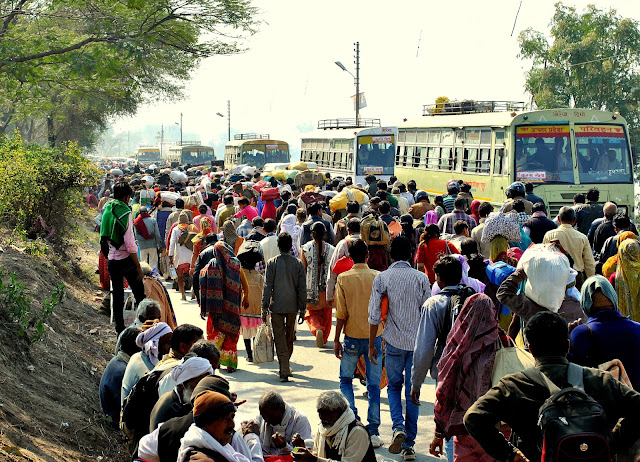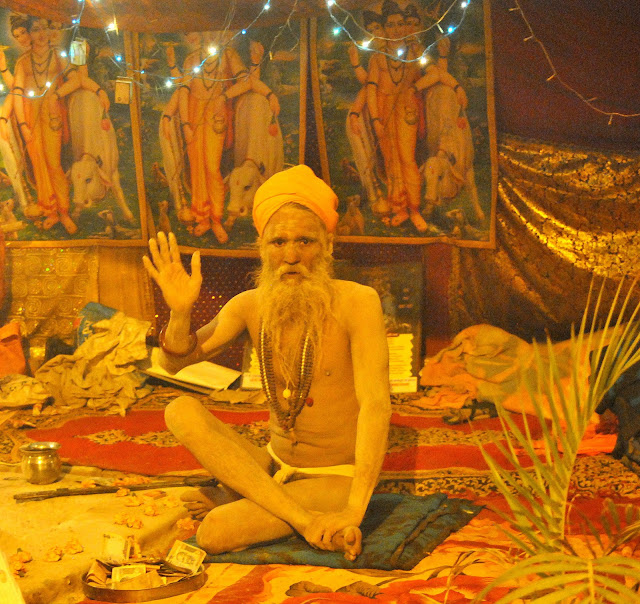Statements by Charles Timothy ‘Chuck’ Hagel, the new United States Defence Secretary, that “India has over the years financed problems for Pakistan on that side of the border” and “used Afghanistan as a second front” are bizarre to say the least. Hagel’s speech, made at Oklahoma’s Cameron University in 2011, which was uploaded by Washington Free Beacon recently, also gave Pakistan a clean chit. It goes without saying that Hagel’s statements are the much-required fuel to run the anti-India mills in our neighbourhood.
Hagel’s comments are contrary to the US stand on India’s commitment to rebuilding Afghanistan. India’s role was appreciated in a statement released by the US embassy in New Delhi, which distanced itself from Hagel’s views. Whether Hagel is fit for the demanding job or not is a different question but what should be concerning the mandarins in New Delhi is that such a comment is coming from a top authority in the Obama administration at a time when the Manmohan Singh-led United Progressive Alliance government is turning to the United States to protect Indian interests in Afghanistan. These comments by Hagel, when seen with Secretary of State John Kerry’s January statement that “I don’t think the Pakistanis have frankly gotten credit, sufficiently, for the fact that they were helpful” in catching Osama bin Laden, poses serious questions on what course Indo-US ties will take at this crucial juncture.
New Delhi will have to work overtime to ensure that the new ring of leaders in the Obama administration are on the same page as its immediate predecessors and that they talk in one voice about India’s support to US goals in Afghanistan. It should impress upon Washington to see through Islamabad’s double game of hunting with the hounds and running with the hares. It will, however, be prudent to not rely heavily on a United States that is waiting to board the last plane out of Afghanistan.
(This appeared as an edit in The New Indian Express on February 28)
Hagel’s comments are contrary to the US stand on India’s commitment to rebuilding Afghanistan. India’s role was appreciated in a statement released by the US embassy in New Delhi, which distanced itself from Hagel’s views. Whether Hagel is fit for the demanding job or not is a different question but what should be concerning the mandarins in New Delhi is that such a comment is coming from a top authority in the Obama administration at a time when the Manmohan Singh-led United Progressive Alliance government is turning to the United States to protect Indian interests in Afghanistan. These comments by Hagel, when seen with Secretary of State John Kerry’s January statement that “I don’t think the Pakistanis have frankly gotten credit, sufficiently, for the fact that they were helpful” in catching Osama bin Laden, poses serious questions on what course Indo-US ties will take at this crucial juncture.
New Delhi will have to work overtime to ensure that the new ring of leaders in the Obama administration are on the same page as its immediate predecessors and that they talk in one voice about India’s support to US goals in Afghanistan. It should impress upon Washington to see through Islamabad’s double game of hunting with the hounds and running with the hares. It will, however, be prudent to not rely heavily on a United States that is waiting to board the last plane out of Afghanistan.
(This appeared as an edit in The New Indian Express on February 28)

























